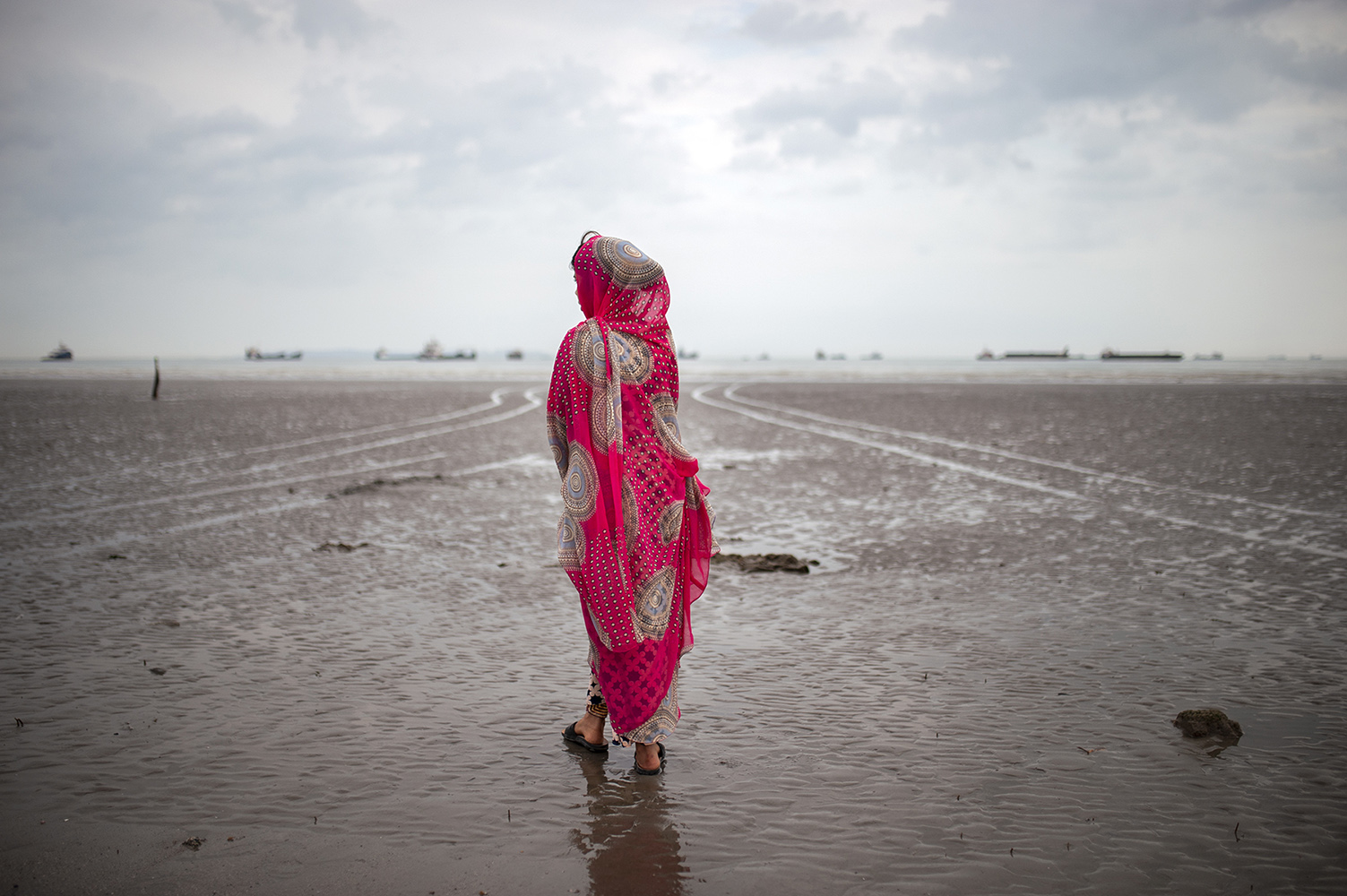
Ahle Hava A ‘people of the wind’
“A ‘people of the wind’ (Ahl-e Havā in Farsi) is, at its heart, a soul ensnared by one of the winds—ancient, ethereal forces that weave through the fabric of existence, mysterious and unknowable. These winds, untamed and magical, hold dominion over humankind, against whose relentless power no individual, no force, can stand. Before such overwhelming might, humans are but fragile beings, rendered powerless and adrift, with no refuge but to offer up sacrifices and yield to their will. The winds are ever-present, swirling across seas and sweeping over lands, tirelessly seeking out the weary, the lost, and the troubled. In places gripped by fear and unrest, their breath is strongest, and in every corner scarred by poverty and despair, their influence deepens, casting shadows long and unshakable.”
Excerpt from the novel People of the Wind by Gholam Hossein Saedi.

